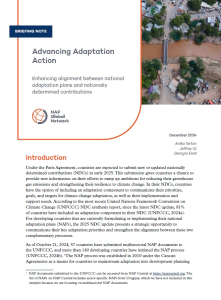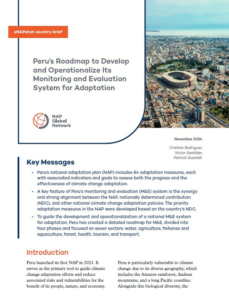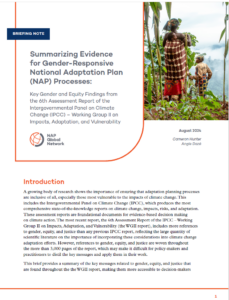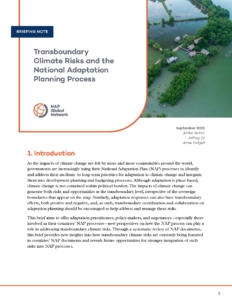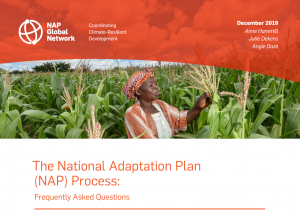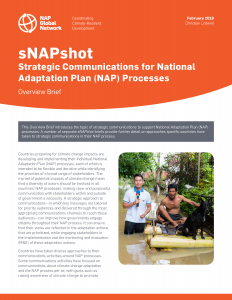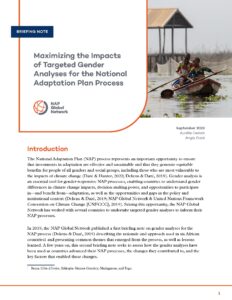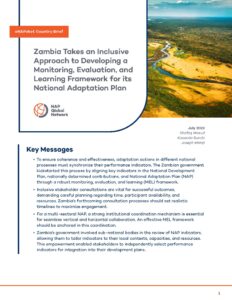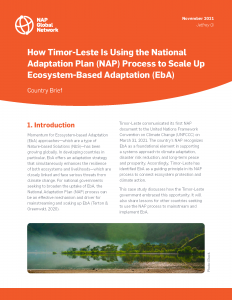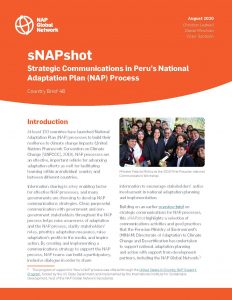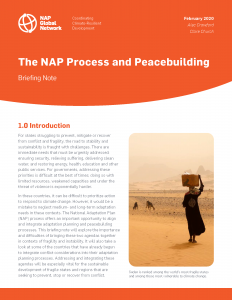These resources from the NAP Global Network and links to other relevant sources provide background information and tools relevant to the NAP process.
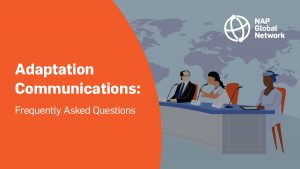
Adaptation Communications: Frequently Asked Questions
by Anne Hammill and Christian Ledwell, NAP Global Network Secretariat
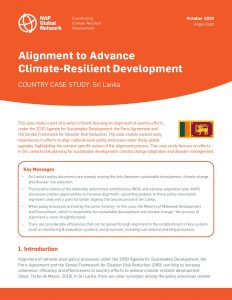
Alignment to Advance Climate-Resilient Development
COUNTRY CASE STUDY: Sri Lanka
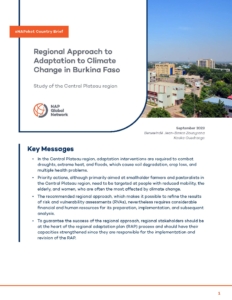
Regional Approach to Adaptation to Climate Change in Burkina Faso
Study of the Central Plateau region
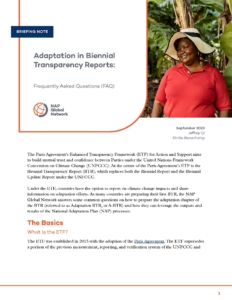
Adaptation in Biennial Transparency Reports
Frequently Asked Questions (FAQ)
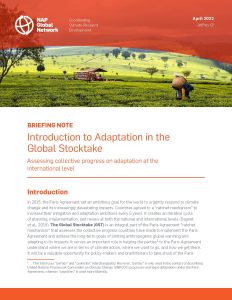
Introduction to Adaptation in the Global Stocktake
Assessing collective progress on adaptation at the international level
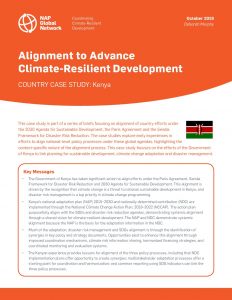
Alignment to Advance Climate-Resilient Development
COUNTRY CASE STUDY: Kenya

Alignment to Advance Climate-Resilient Development
COUNTRY CASE STUDY: Colombia
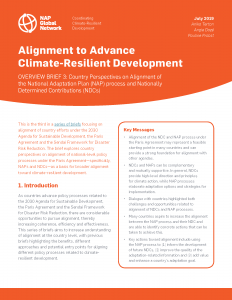
Alignment to Advance Climate-Resilient Development | Overview Brief 3
Country Perspectives on Alignment of the National Adaptation Plan (NAP) process and Nationally Determined Contributions (NDCs)
Resources navigation

Discover the latest trends and key information in National Adaptation Plans from around the world.
